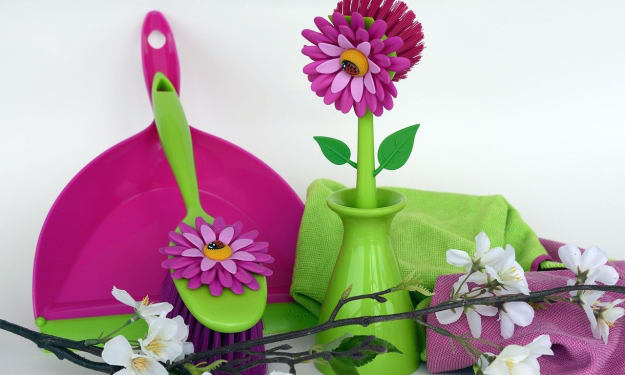What’s Flavoring Your Cookies?
The Surprising Fact About A Beaver’s Derriere

Did you know a group of cats can be called a “glaring” or a “clowder?” Unless they’re feral cats, then it’s a “pounce.” Or in the case of kittens, a “litter” or a “kindle”! Or did you know that McDonald’s developed bubble-gum flavored broccoli in an attempt to get children to eat more vegetables? How about that figs are not fruit but an inverted flower? More fig trivia includes that every fig we eat has a decomposed wasp in it. Figs require a specific kind of pollination that can only come from fig wasps. A female wasp crawls through a hole, and the entrance is so narrow, she loses her wings and then becomes trapped. If the fig is male, she’ll lay her eggs that hatch into larvae, who burrow out, turn into wasps, and fly off, carrying fig pollen with them. If the fig is female – this the kind of fig we eat – the fig wasp pollinates it but can’t lay eggs due to lack of space inside the fig. The wasp dies, and the fig produces an enzyme that digests the wasp completely, so rest assured, any crunchy bits you encounter are seeds, not wasp parts. And yes, this happens every single time a fig wasp flies into a female fig.
Those are some of my favorite random facts. But, my all-time favorite odd bit of authentic information is this: a beaver’s posterior smells like vanilla. A slimy yellowish-brown to grey secretion with a consistency similar to molasses called castoreum comes from a beaver’s castor gland. That castor gland is right next to the anal gland and sits under the flat as a flapjack tail. Because of a beaver’s diet of tree bark, vegetation, and leaves, they get a pleasantly perfumed musk emitting from their keister.
Castoreum is so delightful to our olfactory senses; it’s been used to flavor anything that can use vanilla, strawberry, or raspberry flavors, from chewing gum to brownies. Since the early 20th century, it was most commonly used in foods to bolster the strength, taste, and smell of artificial vanilla. But, in fact, it’s been used since ancient days in foods, drinks, tobacco, lamps, medicine, and perfumes. There is even current-day Bäversnaps, or BVR HJT, a castoreum liquor enjoyed by the Swedish.
Beavers use their castoreum to establish colonies – which, by the way, a “colony” is what a group of beavers is called – or to communicate with each other, mark territory, or deter predators. We use it to make things have a pleasant odor. Both the FDA and The Flavor and Extract Manufacturers Association consider castoreum “generally recognized as safe” and “nontoxic.” Because the FDA recognizes it as safe, a company does not have to put “castoreum” in the ingredients list. Instead, they can use the very vague wording of “natural flavorings.” However, any products that contain castoreum cannot earn kosher certification.
If you feel grossed out by the thought of beaver behind being in your bakery bites, honestly, the chances of castoreum being in your food are slim to none. It turns out the process of collecting the secretions is not too easy. First, the beaver must be anesthetized, and then the castoreum gland must be milked by a human. (In yesteryear, the beavers were killed for pelts and the castor sack harvested. In the current process, the beavers are NOT killed). Even in the current process, the yield is low. Because of the inconvenience and expense of harvesting castoreum from live beavers, it is seldom used in food today. The annual food industry consumption is low, around 300 pounds, in contrast to natural vanillin, which is over 2.6 million pounds annually. If it is used at all, it’s primarily in fragrance products.
So, you can enjoy that vanilla ice cream and strawberry syrup without fear of consuming beaver bottom goo! Chances are, the flavors are either from a real vanilla bean or fruit source or developed in a lab to make an imitation flavor.
About the Creator
Heather Mitchell Manheim
Heather studied Creative Writing and Journalisim in school, and has been writing and reading since she was a child. When she isn't writing, she loves to travel, bake/cook, watch classic movies and photography.






Comments
There are no comments for this story
Be the first to respond and start the conversation.